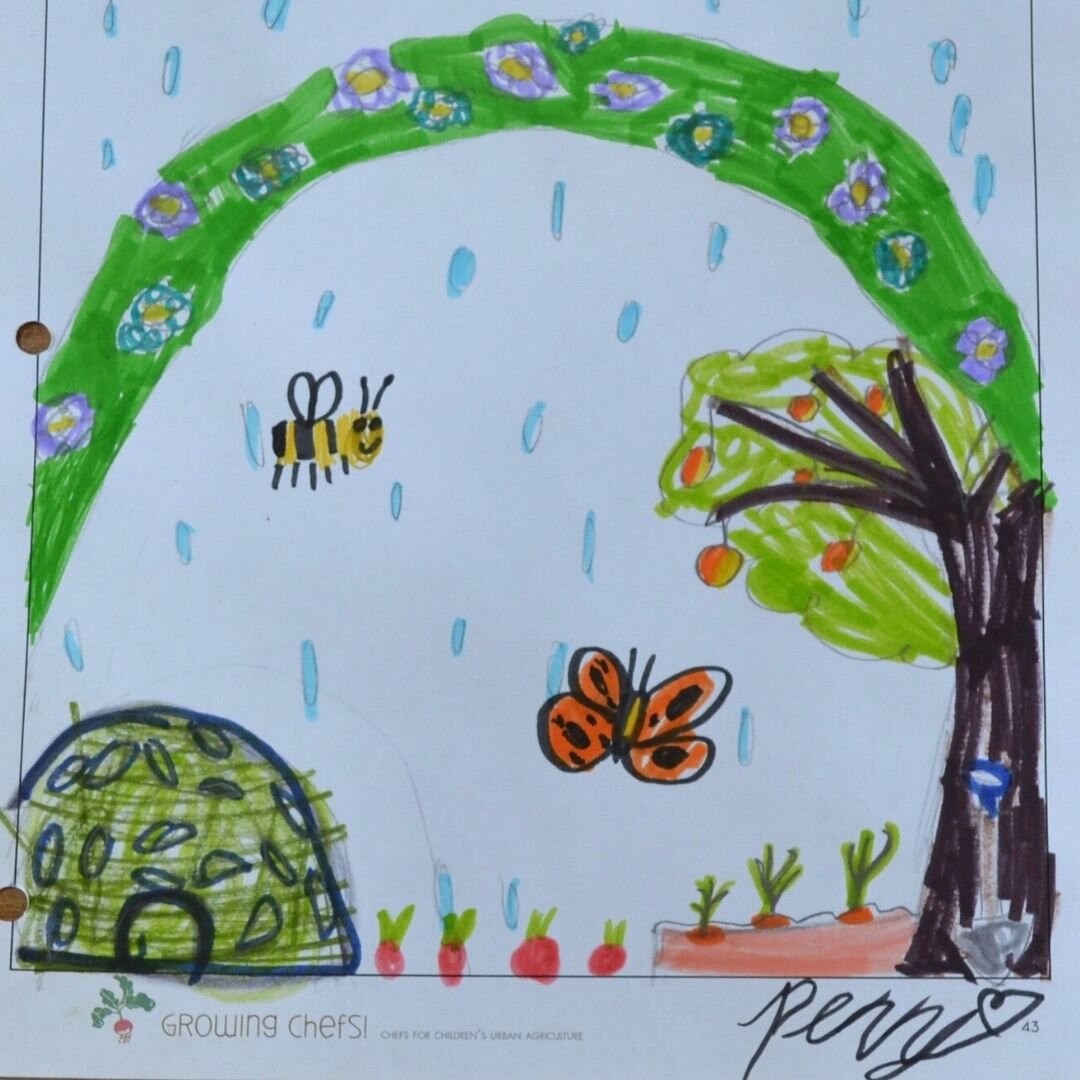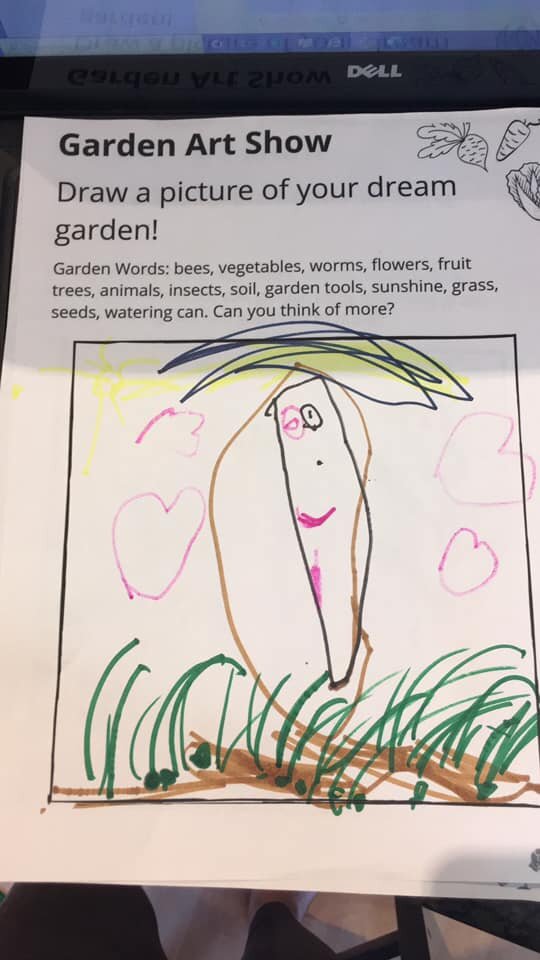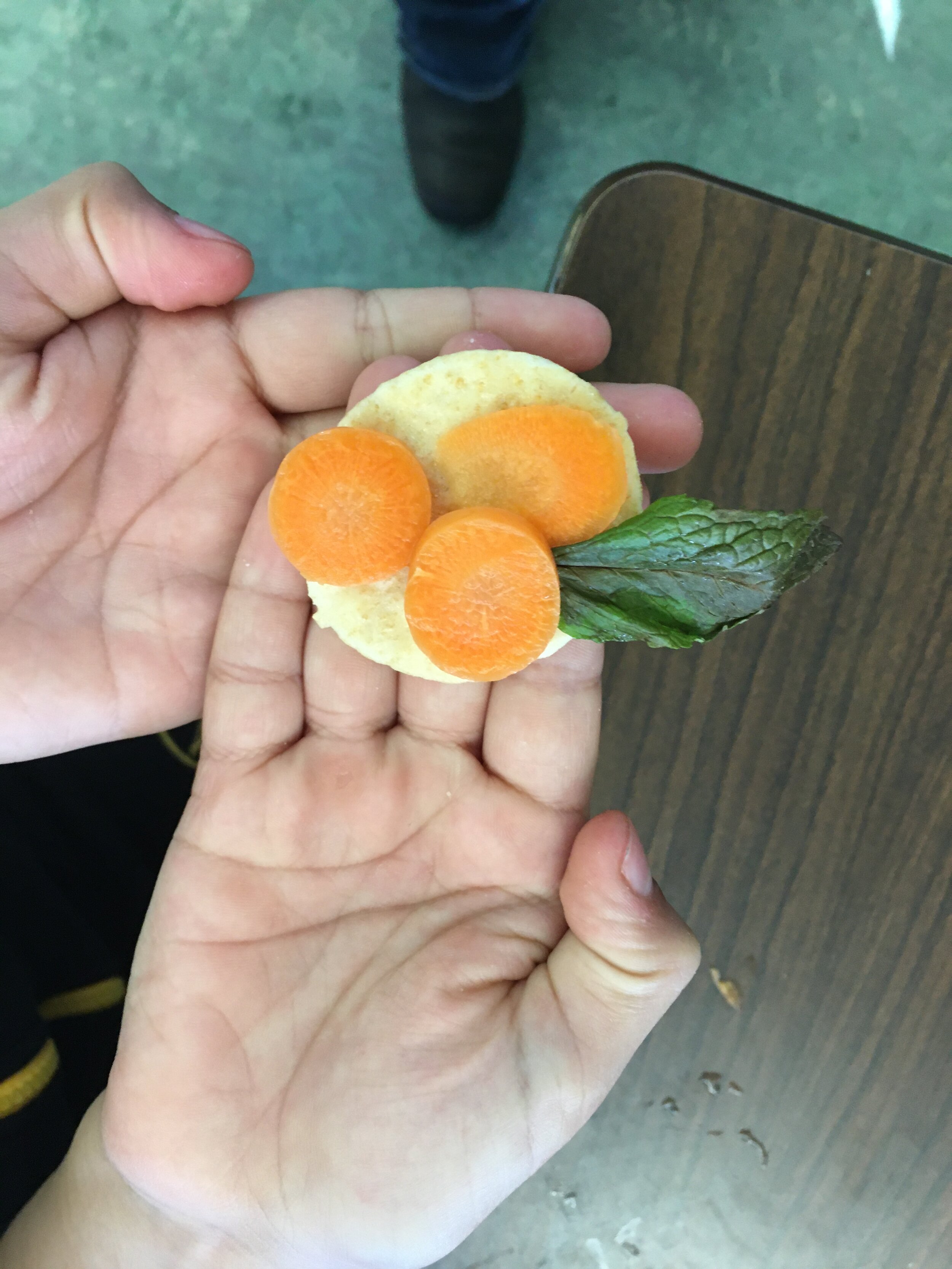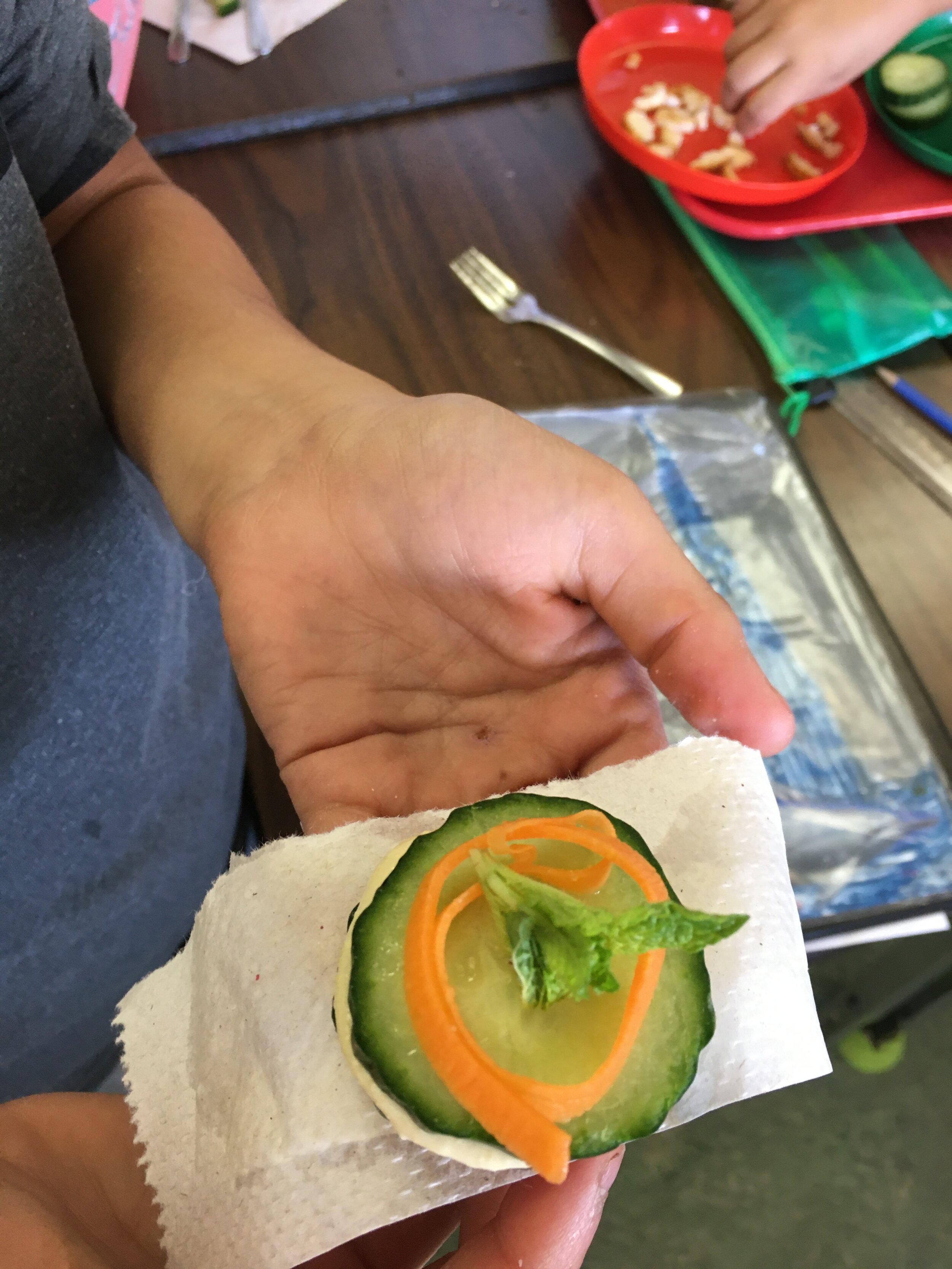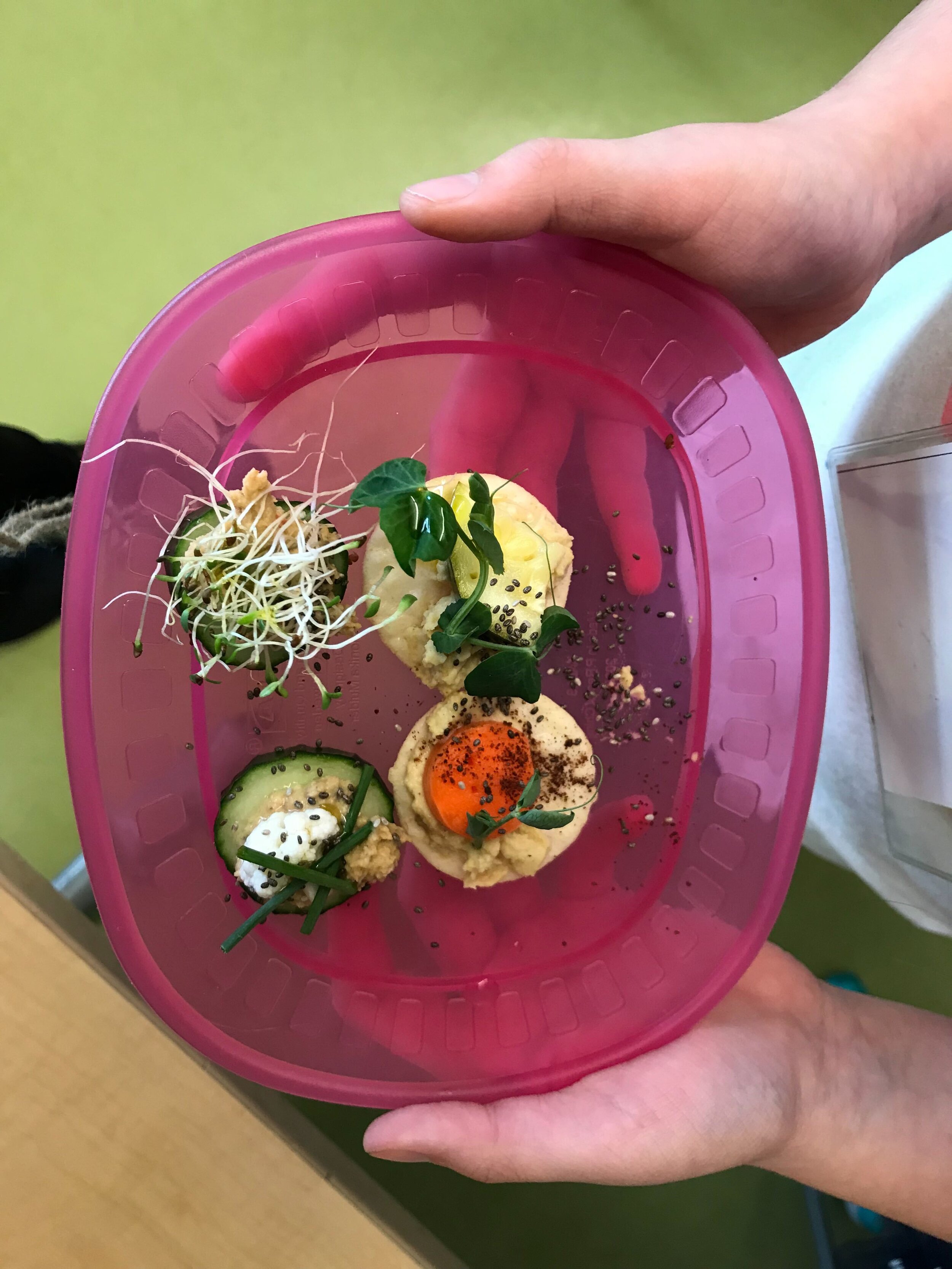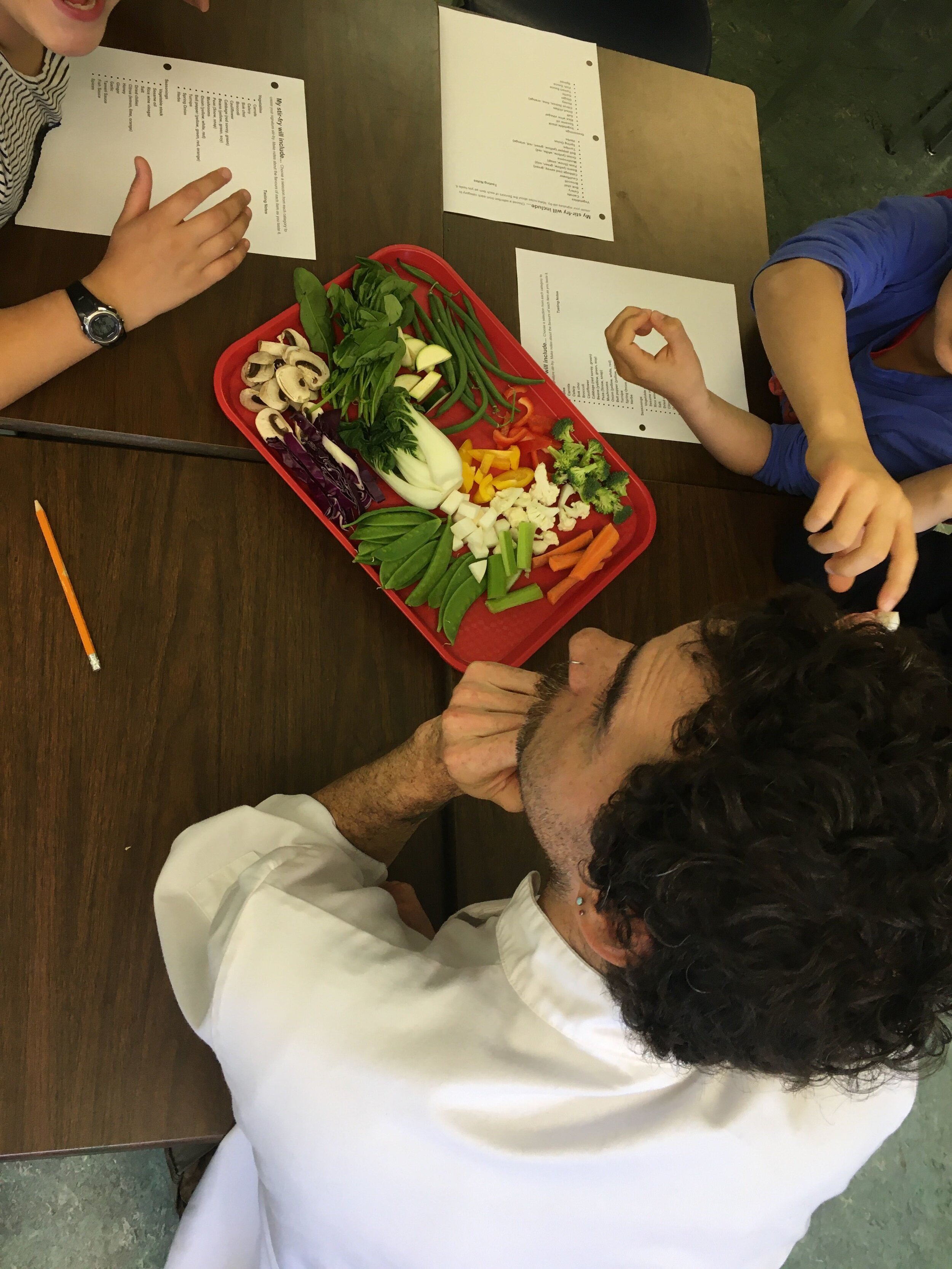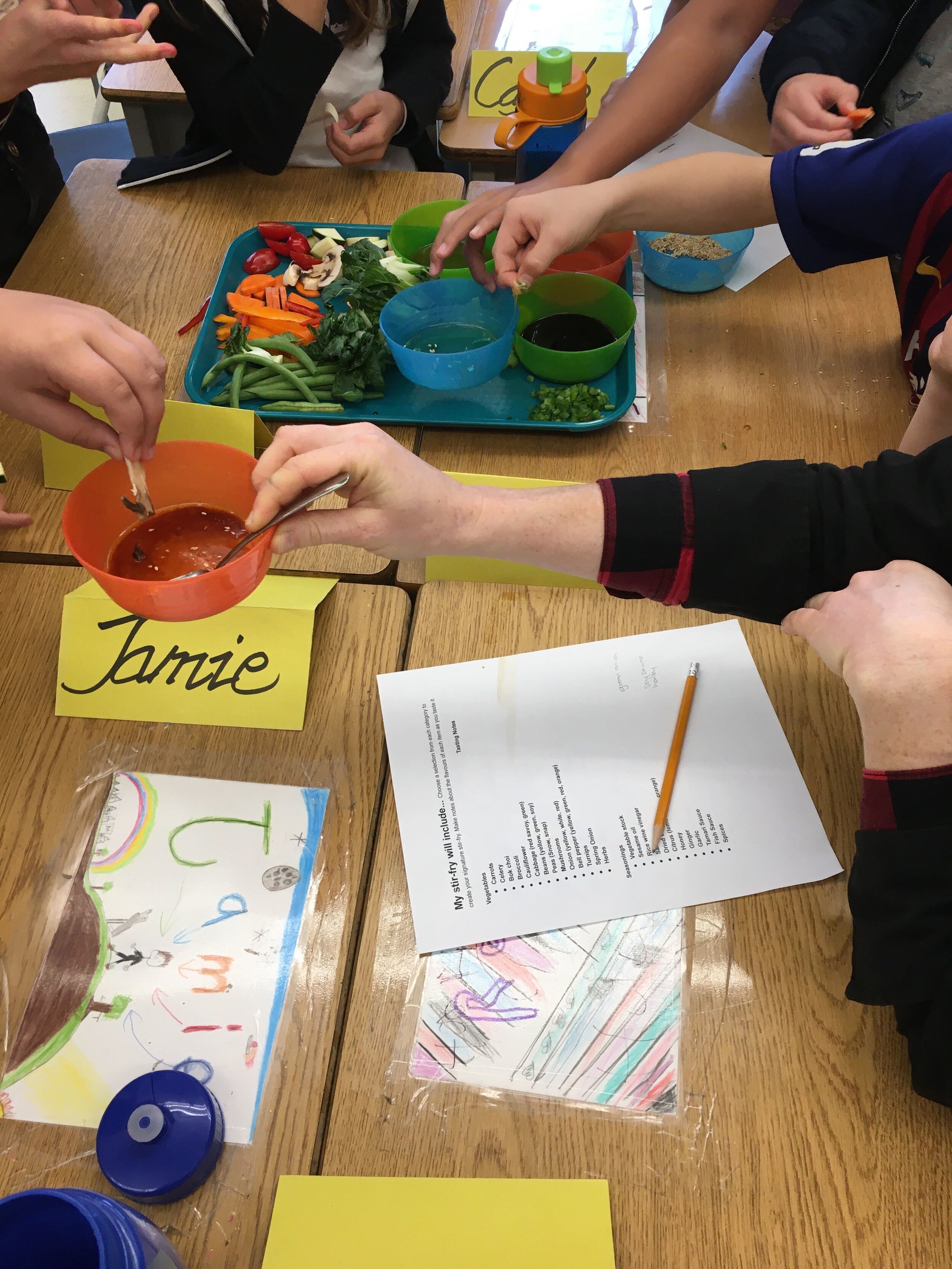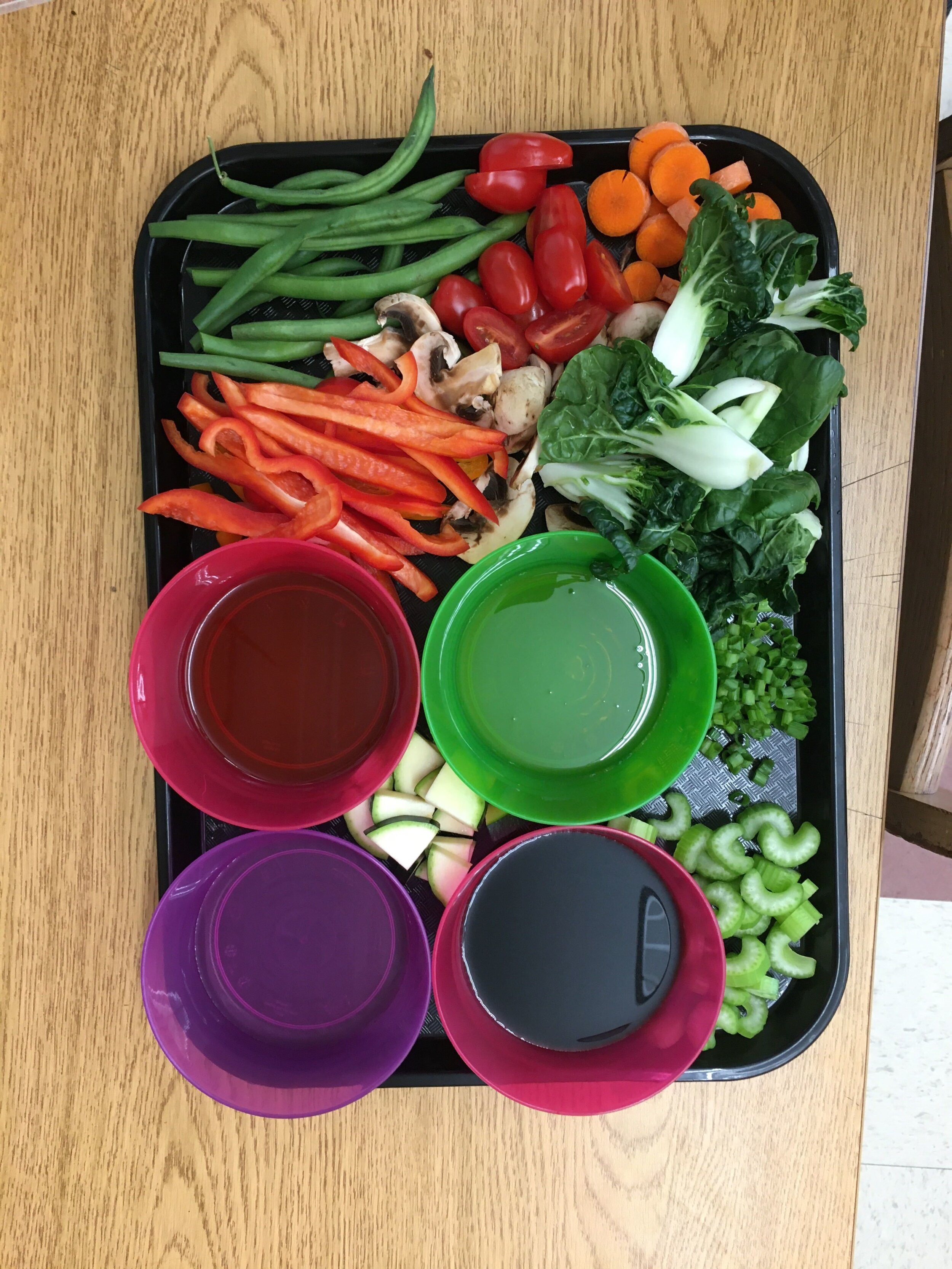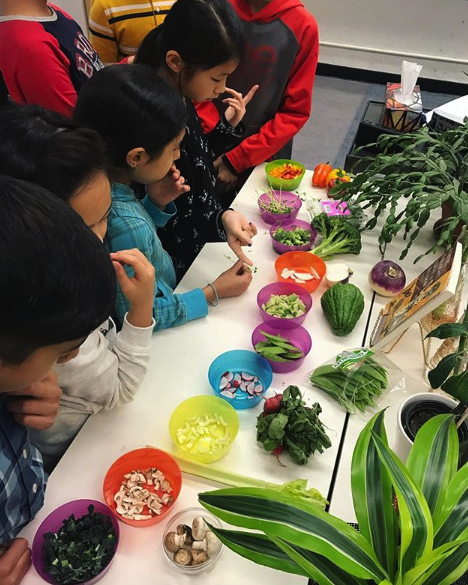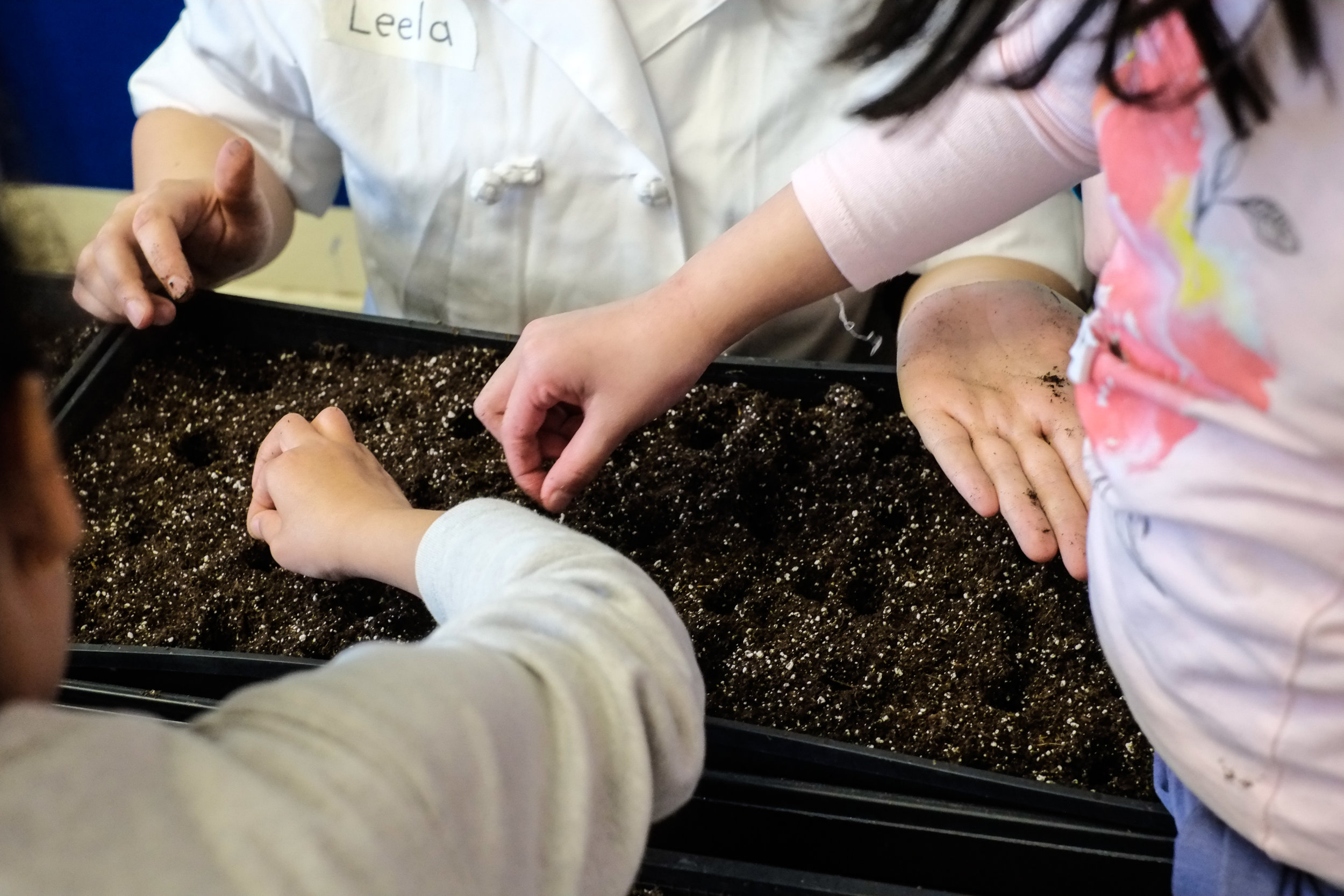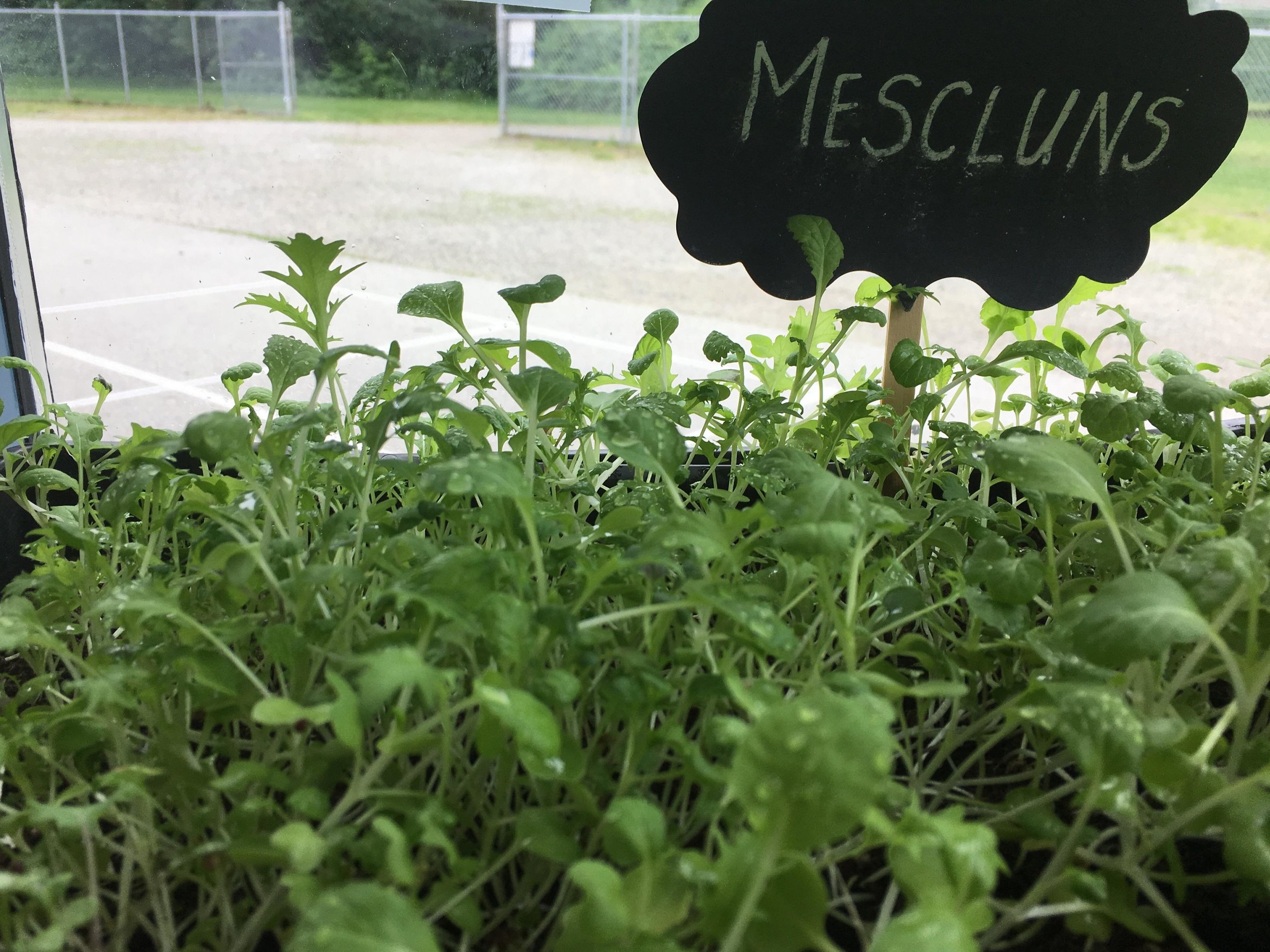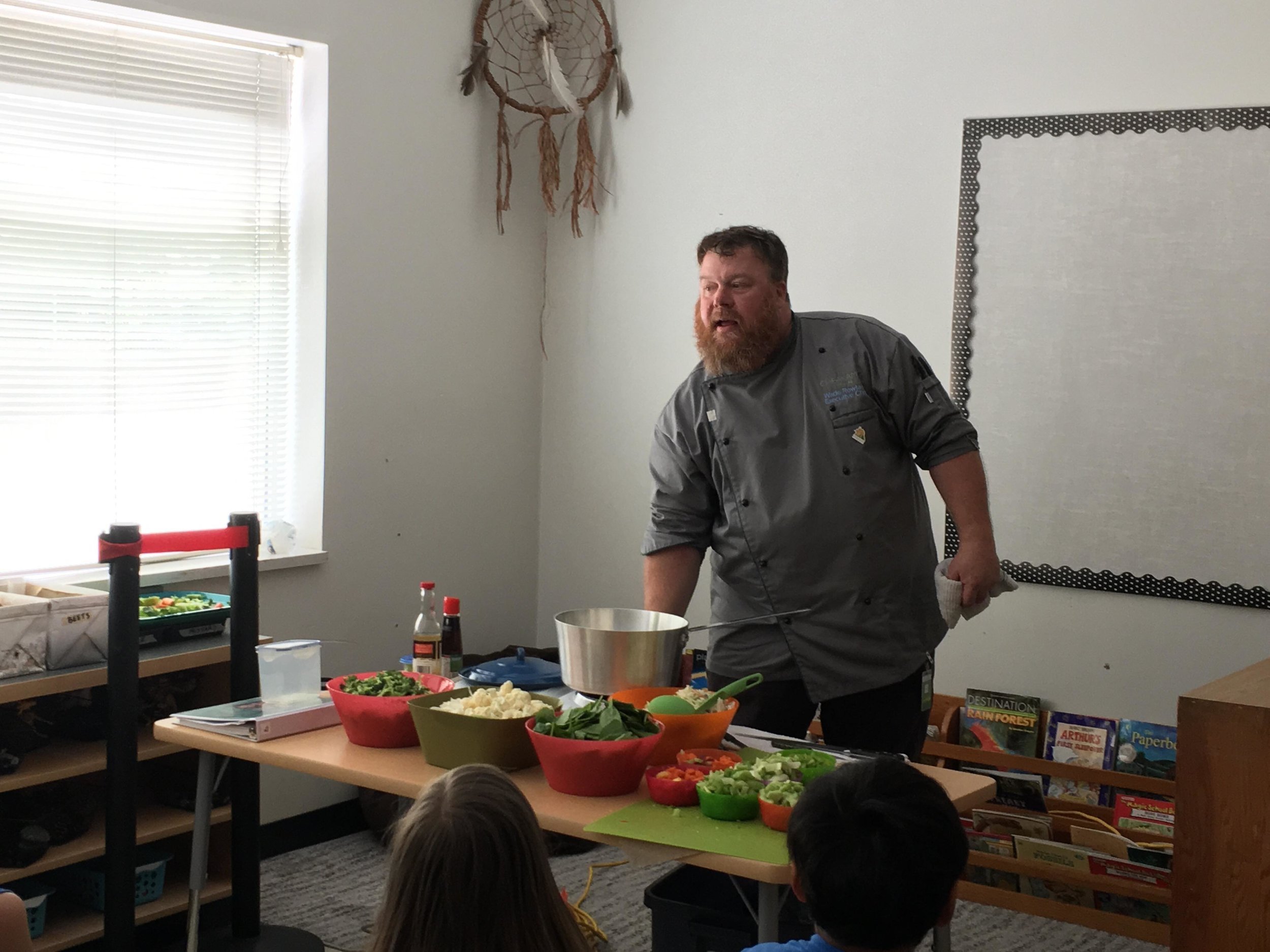Welcome to our fifth lesson of Growing Chefs! at Home. This lesson is all about food and our emotions. Chef Afton, her kiddo, and a superstar team of volunteers are here to talk about food and its connection to our emotions. Don’t miss the extra video in our lesson this week: Chef Ben making zoodles from his own kitchen!
This is the fifth lesson in our Growing Chefs! at Home series, following Lesson Four last week, where we learned about mindful eating. Keep an eye on our social media platforms and website every Tuesday morning for new lessons!
During this lesson, we will discuss the basic emotions and discover how food can be connected to these emotions. In Lesson Three, we learned about how food is connected to how our body feels physically, but food is also connected to how we feel emotionally. Foods can also remind us of times, places and people. Eating pineapple might remind you of a tropical vacation and make you feel relaxed, or the smell of tomatoes might remind you of your grandma’s garden and make you feel happy! The smell of some foods (like mint) can also make us naturally feel relaxed or energized. Everyone has a different emotional connection to food, so we have asked our volunteers and supporters to let you all know how food makes them feel! Special thanks to everyone that sent in a video clip. We will finish off this lesson with an easy activity that you can do at home next time you are snacking on some vegetables.
We would love to hear about how food makes you feel! Tag us on Facebook, Instagram or Twitter to share with us.
Below, you will find Chef Ben Mattman, from the Vancouver Marriott Hotel, sharing his feelings about zucchini with us, and creating a super fun zoodle dish!
You can find all of our new online content here on our website. We will also be announcing and releasing more fun interactive activities on our social media channels. Thank you for joining us again in our virtual classrooms this week!









